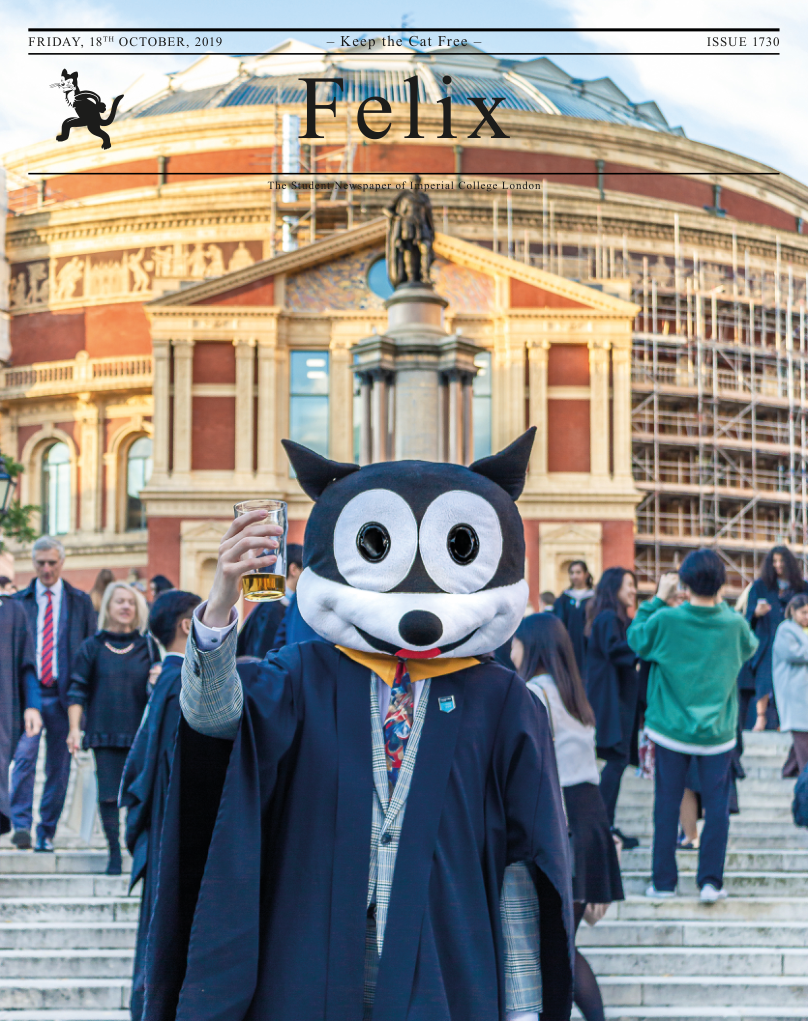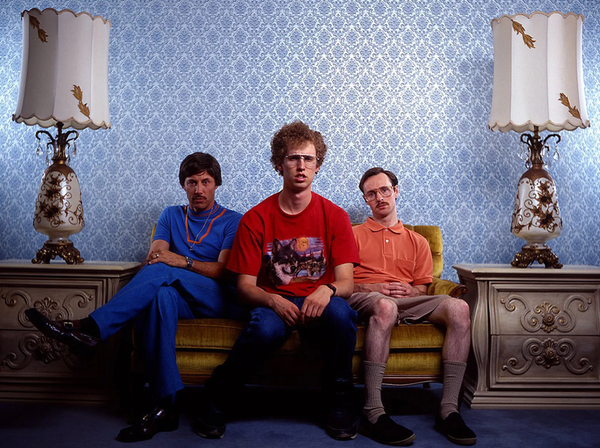Live it Up with the Modernists at Barbican’s New Show
Into the Night: Cabaret and Clubs, is yet another clever exploration of the modernist art scene by the Barbican

4 stars
In contrast to last year’s wildly popular Modern Couples, which offered an intimate view into how interpersonal relationships of artists shaped their work, this offers a different view. It portrays some of the most influential artists of modernism as entertainers: uproarious and devilish founders of the most vibrant creative spaces of their time.
The exhibit is divided geographically, and each room shows off a different city’s cabaret scene. It starts off with the Fledermaus in Vienna. The level of detail shown by both the curators of the exhibit and the original cabaret founders is breath-taking. You can observe the menus and napkins, chairs and tables, wall tapestries and carpets – all of them carefully designed to create a holistic space. The main room is one of the four cabaret spaces recreated for this exhibition, allowing us to immerse in it and even touch the tiles adorning the walls. The enchanting room, converted from the basement of a residential building by the addition of a mosaic of coloured tiles and a mirror-topped bar, was unfortunately only in operation for six years due to costing so much money. Despite this, the presence of a drawing of the room by a young Charles-Edouard Jeanneret, apparently the only drawing of Viennese architecture that the future Le Corbusier would ever make, is a testament to its influence.
Boundary-pushing happenings, dance performances, shadow plays, early cinema and dances mingled in their nascency in all these spaces. This effort to provide all kinds of sensory experience is why it is hard to compare these original night-dwellings of the avant-garde to the spawns of the multibillion-pound clubbing industry today. The clubs of the past were much more spaces of creative proliferation than hedonism, although both aspects can be observed in the evidence put forth by the exhibition. It is also true that these places, beginning with the first of them all, Paris’s Le Chat Noir, were mostly frequented by the artistic elite. The insufficiency of such clientele could explain their short lifespans and the quickly changing fads, a problem even for the clubs of today.
The biggest feat of this exhibit is the way it unwittingly takes you on a journey through the most important artistic movements of the time. We are inspired by the most well-known, as well as some lesser known cabarets and clubs Both places where design was king and where the people were the soul. We pass by the Italian Futurists, and their Cabaret del Diavolo, where three rooms were inspired by heaven, purgatory, and hell of Dante’s Divine Comedy. Representing De Stijl is the mecca of geometric abstractionism in Strasbourg’s L’Aubette. The birthplace of Dada in Zurich’s Cabaret Voltaire and the speakeasies of Harlem are flanked by Nigerian Ibadan & Osogbo Mbari clubs and Tehran’s Rasht. The quote by Nigerian artist Twins Seven-Seven sums it up nicely: “We worked furiously (…) slept little and lived for the daily surprises… For such a euphoric situation to develop the time, the place and the human chemistry need to be right!”




